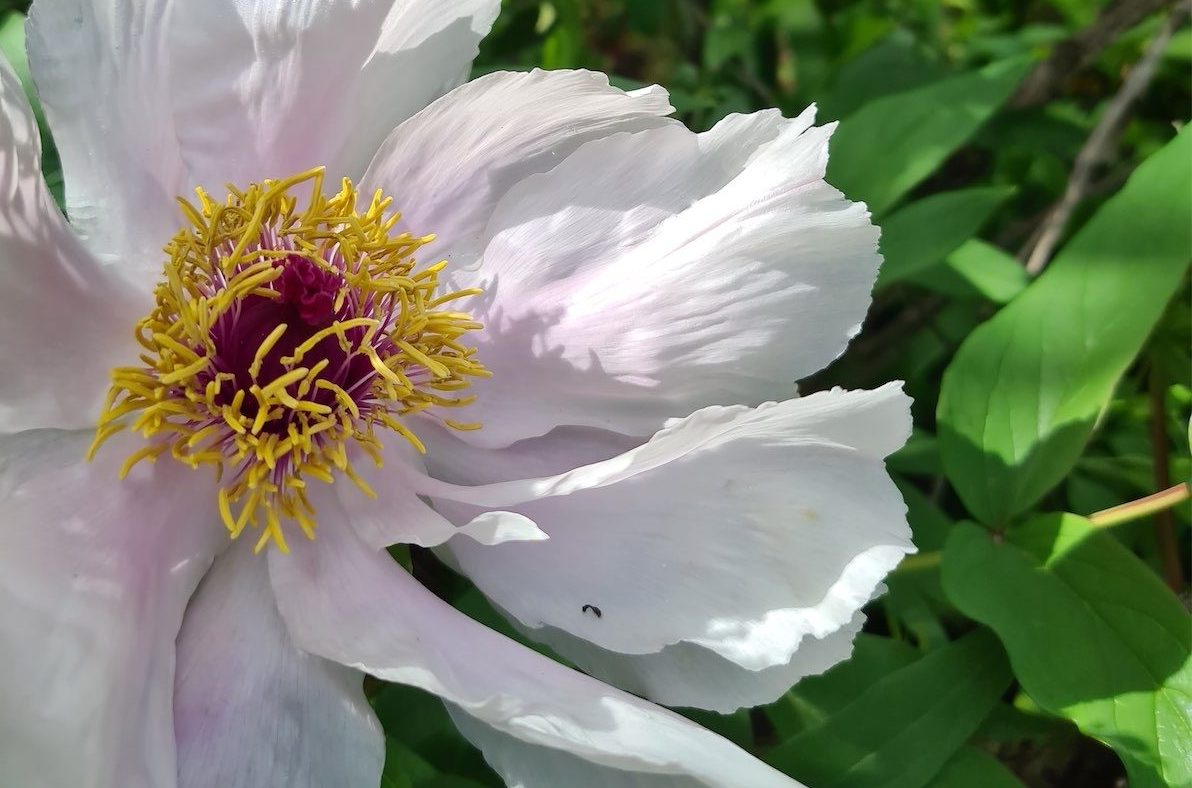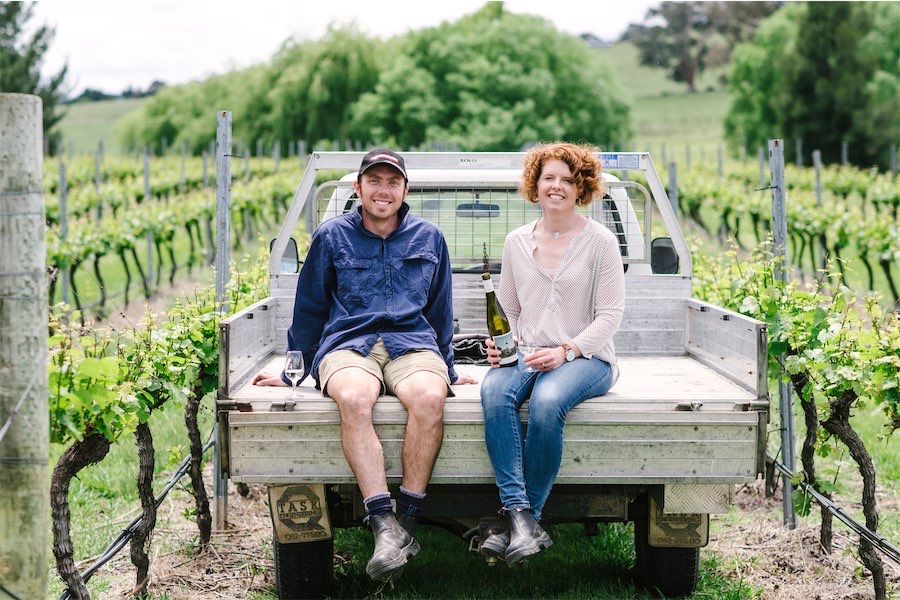
Gardening writer JACKIE WARBURTON says peonies are a treasure to the garden, though some say they’re a little hard to grow. With a few tips, she says they can be grown easily.

PEONIES are herbaceous perennials or deciduous shrubs and, in general, like to be planted in the full sun with shelter from the wind and a little shade in the peak of summer.
They like rich soil, so add plenty of compost and organic matter now. They also like a high pH soil, so a little lime and potash for flowering can be added as well. Be patient, they will flower.
The two main types of peonies are herbaceous or tree peonies, and both grow well in Canberra.
Herbaceous peonies are best planted in the autumn as bare-rooted rhizomes with a few buds and eyes and by digging a shallow hole and covering lightly with soil. Give them a little room as they like to spread. They are slow growing, but eventually get to at least 90 centimetres tall.
Tree peonies are sold in pots. Although not true to a “tree shape”, they have multiple stems and can grow much larger than their counterpart.
APPLE trees and pome fruits such as quince and pear trees are about to burst into flower. Good sunshine and compatible trees that flower at the same time will help with a bountiful crop in summer through to autumn. Having flowering plants such as calendulas and daisies under an apple tree will attract the bees so they can pollinate the flowers.

CODLING moths are a problem pest in the garden, especially when they start eating apples. Codling moth larvae hatch when trees are in bloom and air temperature is more than 15 degrees.
Netting after flowering and spraying neem oil on the bark of the trees will help keep this pest at bay. Alternatively, Diapel can be used at this time of year or pheromone traps are available at the nursery.
It’s now or never because when the larvae hatch, they fly and infect fruit and it’s too late to net for this upcoming season.
Codling moth pheromone traps are at their most efficient when the female is about to lay eggs. The traps should be hung in the tree at the beginning of the fruiting season. A home-made remedy can be made with 50/50 molasses and water, sprayed on the tree. Molasses is also effective on sucking insects such as lace bugs, aphids and white flies, but use sparingly.
ASPARAGUS should be starting to shoot from the ground soon. Pick early in the morning using a harvesting knife for cutting. Asparagus will take several years to grow to an edible size so a little patience will reap the rewards as the crowns are long lived and the clump will get bigger over time.
If the spears are small and whippy, leave them alone to put their energy back into growing thicker, stronger spears next year. The fatter the spear the better tasting they are.
Male spears are naturally fatter than female spears. Try to remove female plants in the autumn when you see the berries on the stems. After harvest, sprinkle them with a little gardener’s lime and water well.
CABBAGES, leeks, melons, parsley, silver beet, spinach and turnip seeds can be sown now. Sowing seed into punnets gives more control of temperature and water. Use a seed-raising mix without fertiliser, water well and keep moist.
There are many local community groups that propagate locally grown plants from home gardens and sell at ridiculously low prices. The plants available within these community groups are different to the run-of-the-mill plants at commercial nurseries and worth looking at buying.
Who can be trusted?
In a world of spin and confusion, there’s never been a more important time to support independent journalism in Canberra.
If you trust our work online and want to enforce the power of independent voices, I invite you to make a small contribution.
Every dollar of support is invested back into our journalism to help keep citynews.com.au strong and free.
Thank you,
Ian Meikle, editor





Leave a Reply